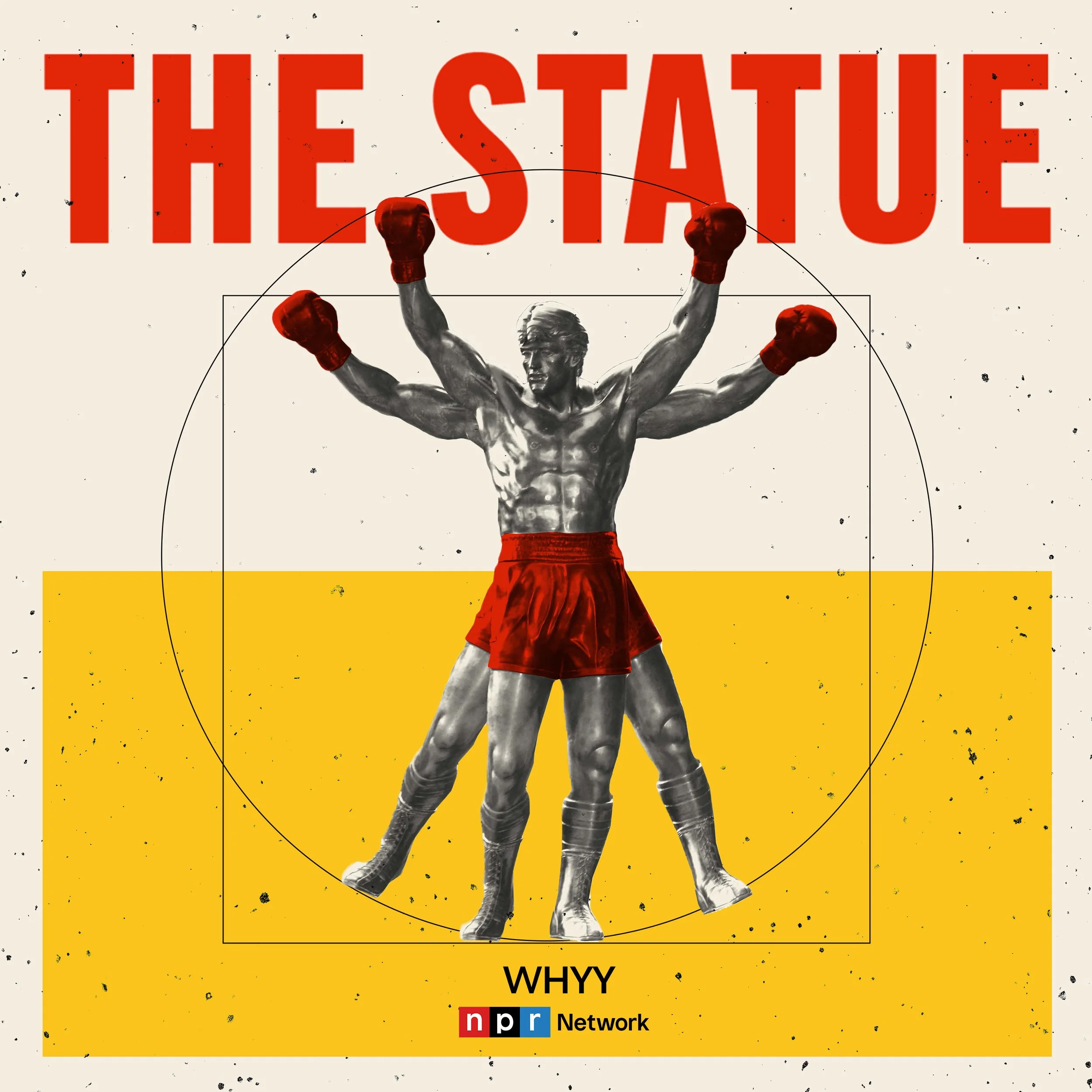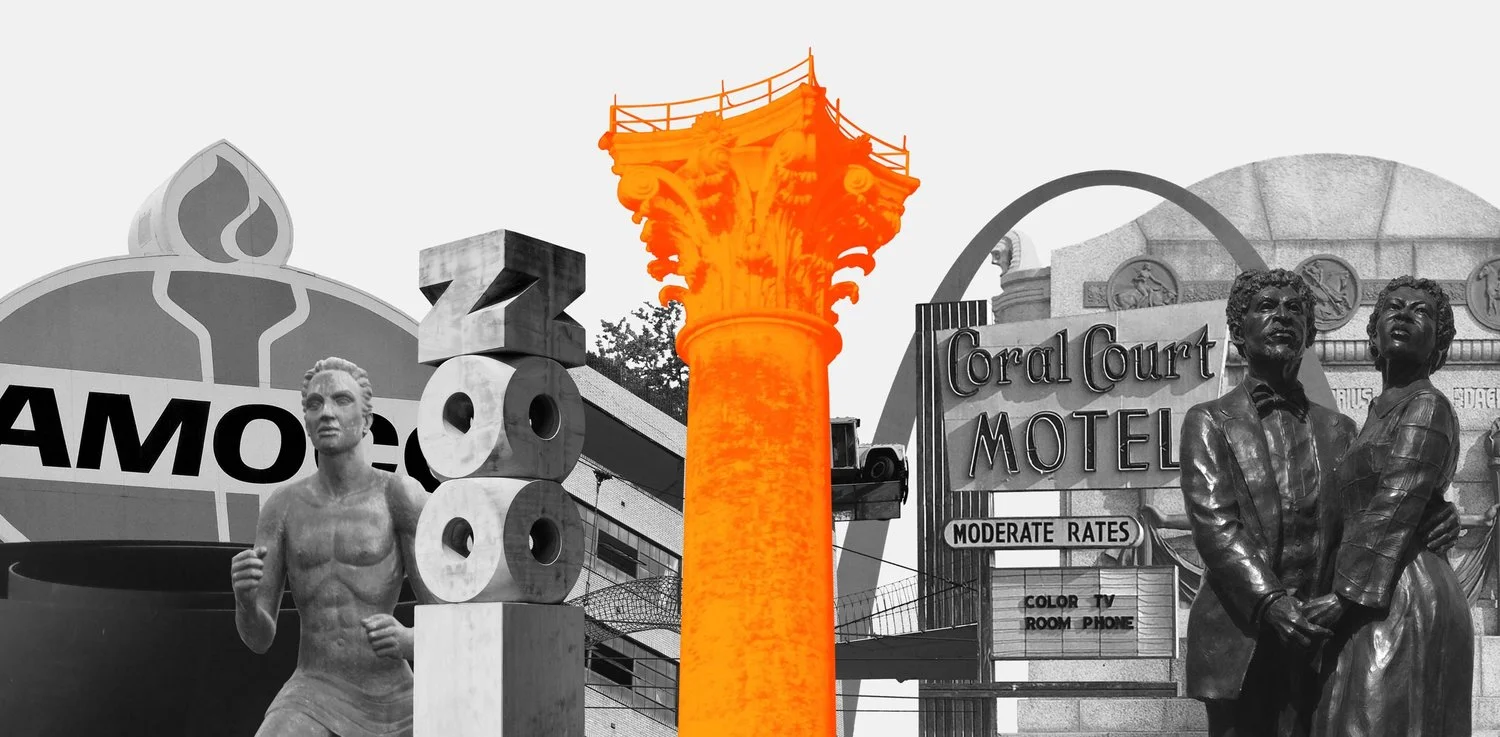The Statue (2023)
Host, Creator, and Executive Producer
Podcast Series – WHYY Digital Studios and the NPR Podcast Network
In a moment of reckoning and reimagining for public monuments, why do millions of folks from around the world visit Philadelphia’s Rocky Statue each year? What does a statue celebrating the city’s favorite fictional hero tell us about how we memorialize some stories over others?
The Statue, produced by WHYY Digital Studios, examines a monument to the most famous Philadelphian who never lived: “Rocky Balboa” of the Oscar Award-winning film Rocky (1976).
The brand new podcast illuminates the stories of real-life Philly boxers, explores the neighborhoods around the city that run parallel to the statue, shares what makes a monument, and more. From Philly to Hollywood and beyond, Monument Lab Director and host Paul Farber goes on a six-part personal journey to survey the biography of the Rocky Statue, where life imitates art.
The Statue debuts on January 10, 2023, and new episodes release weekly on Tuesdays on Apple Podcasts, NPR One, and wherever you get your podcasts.
Monument Lab (2012–Present)
Director and Co-Founder
Philadelphia
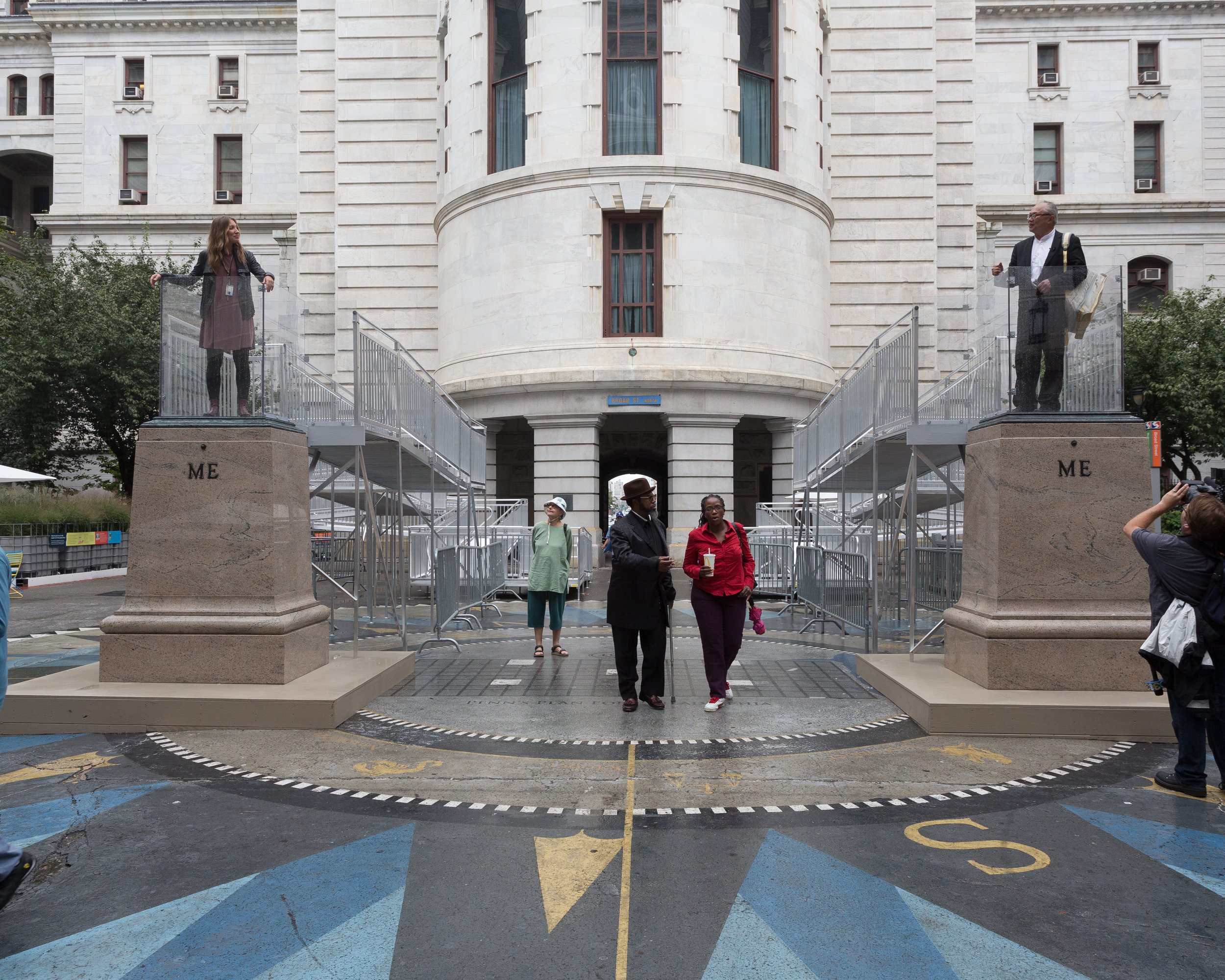
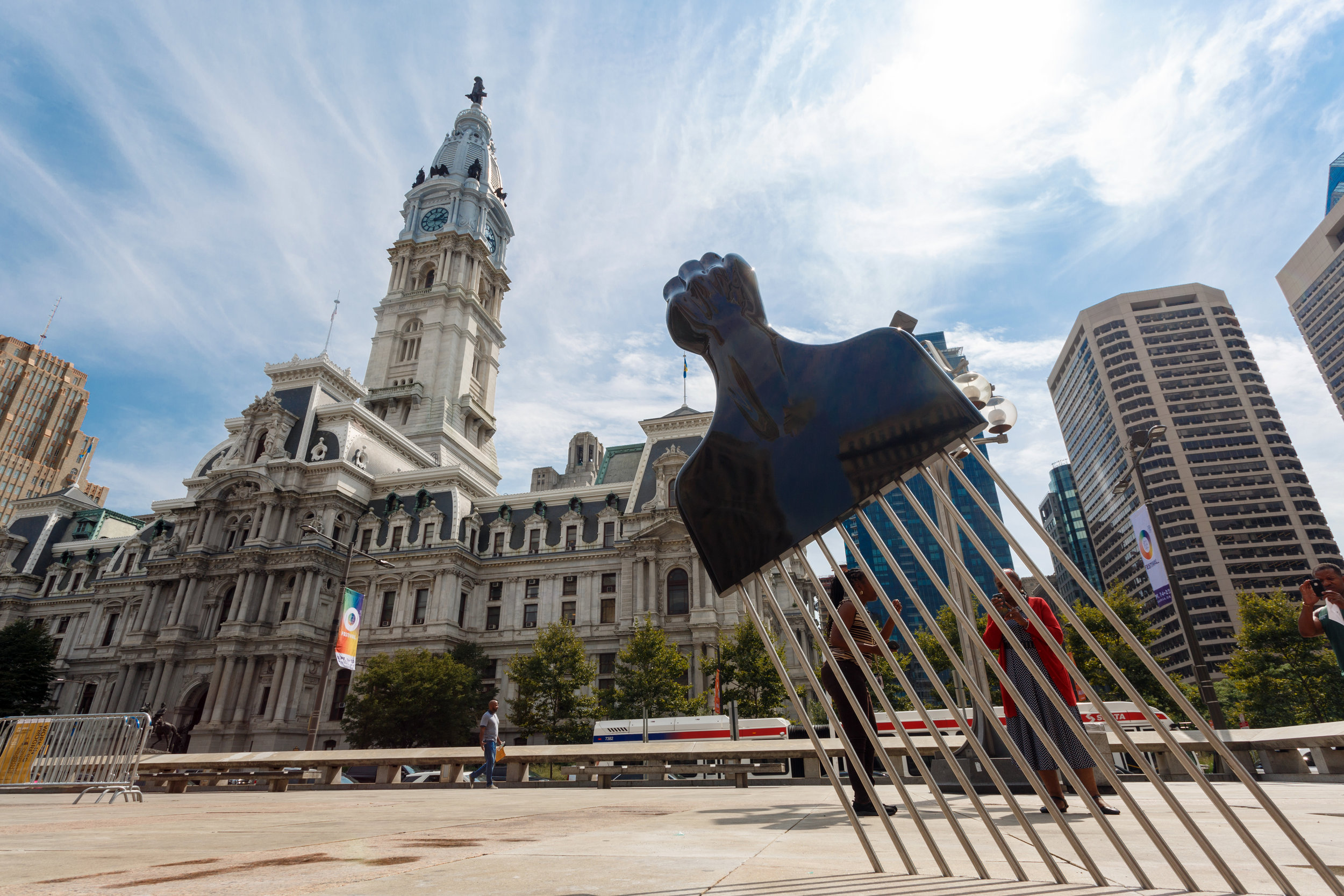
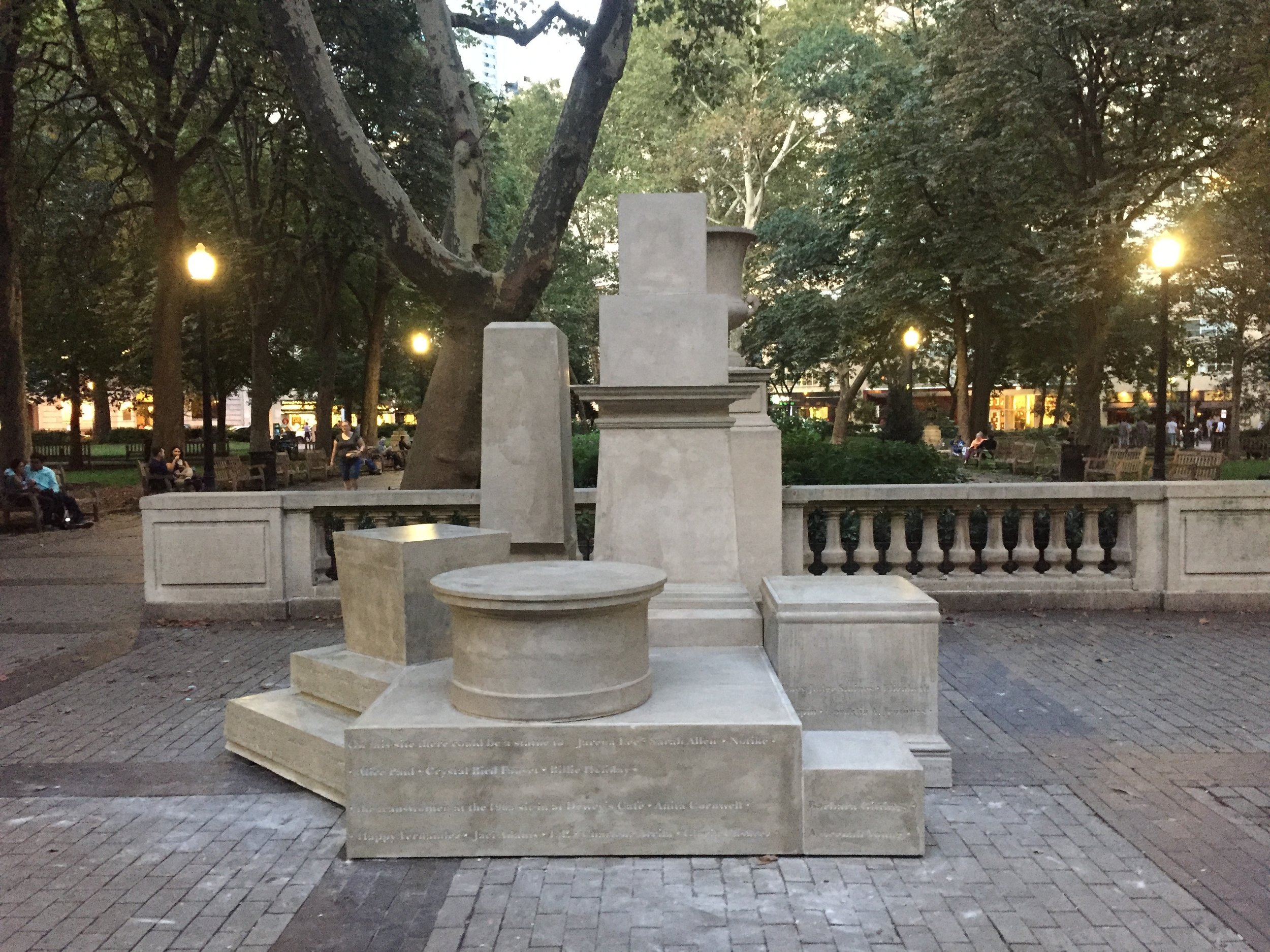
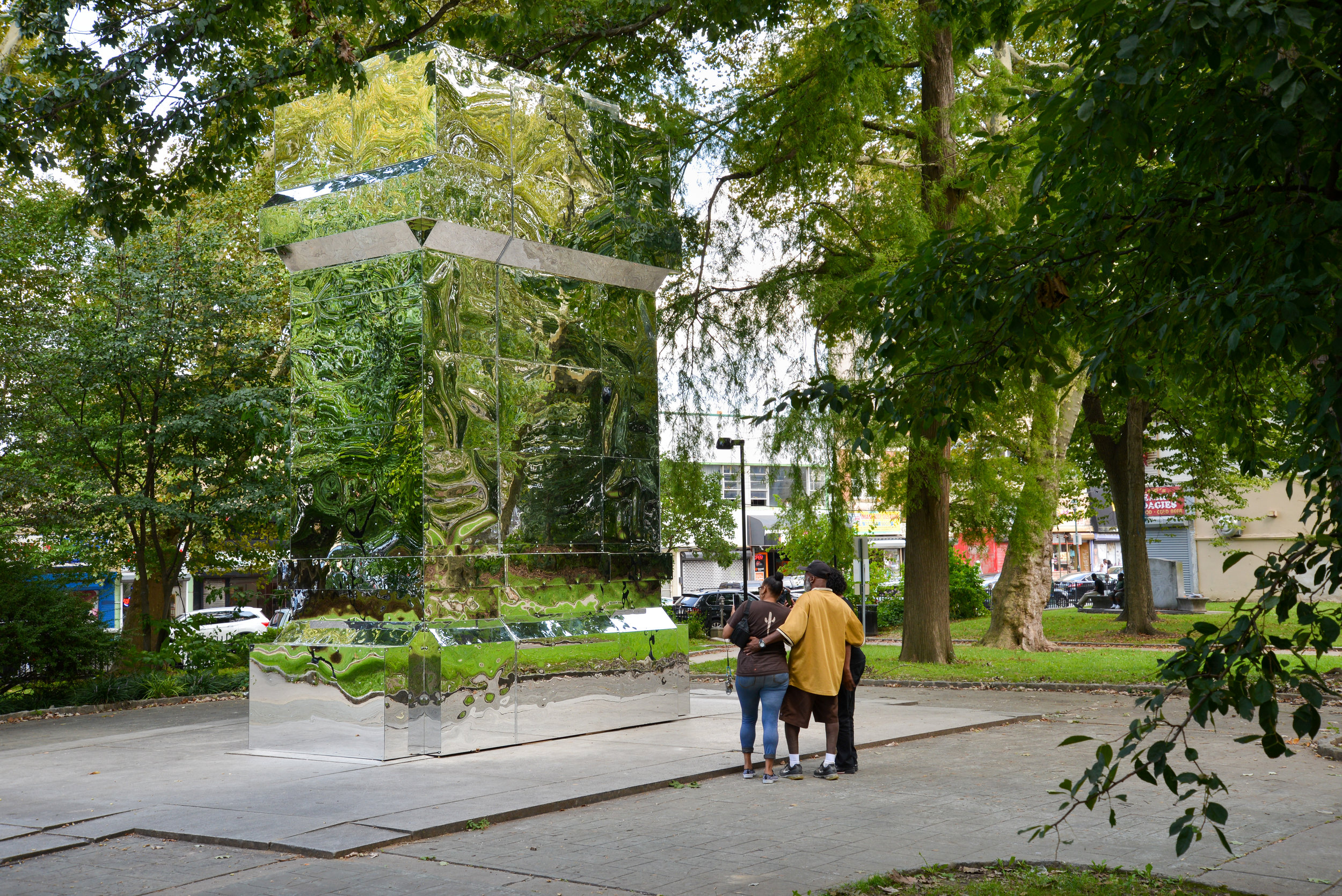
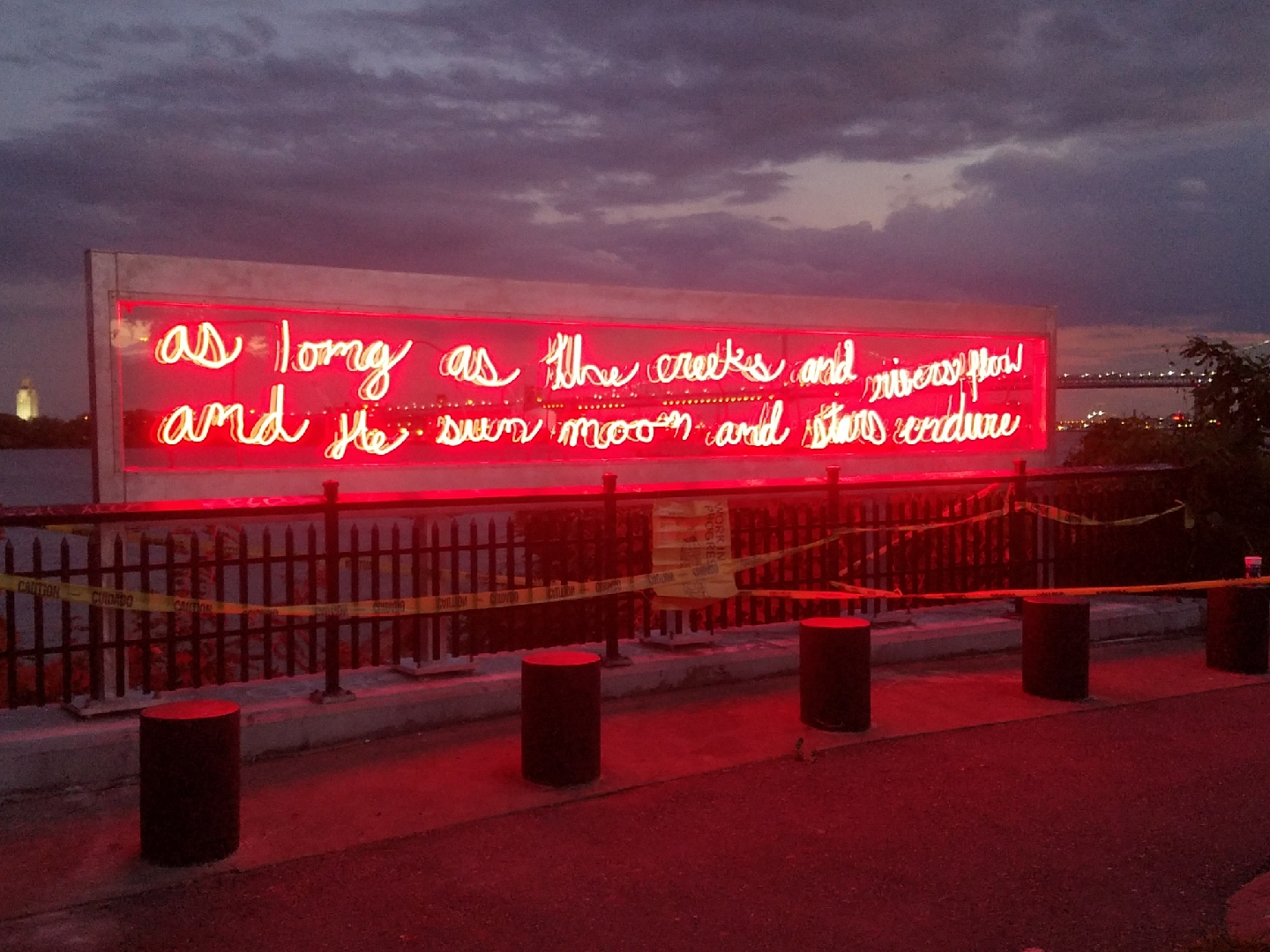
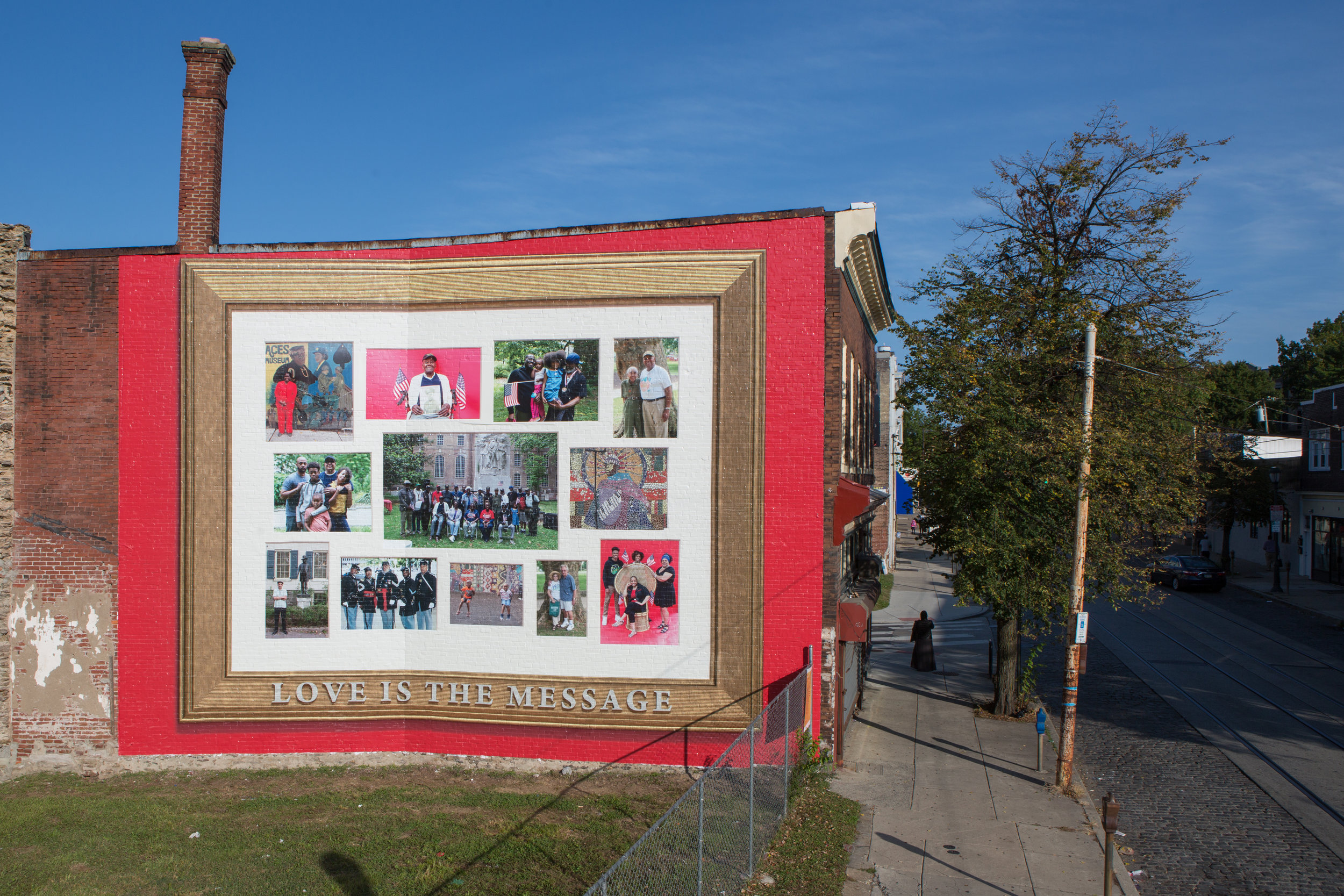
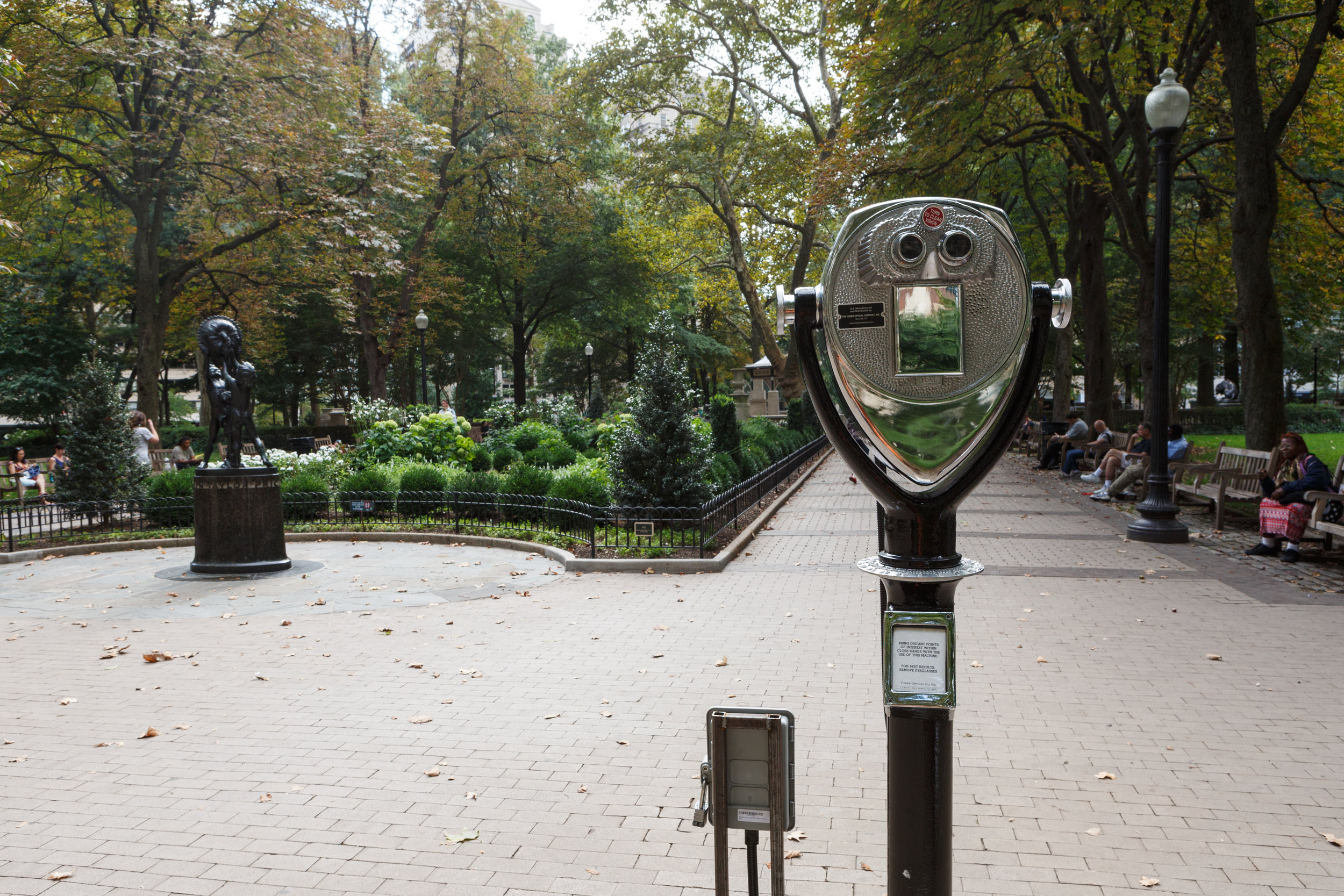
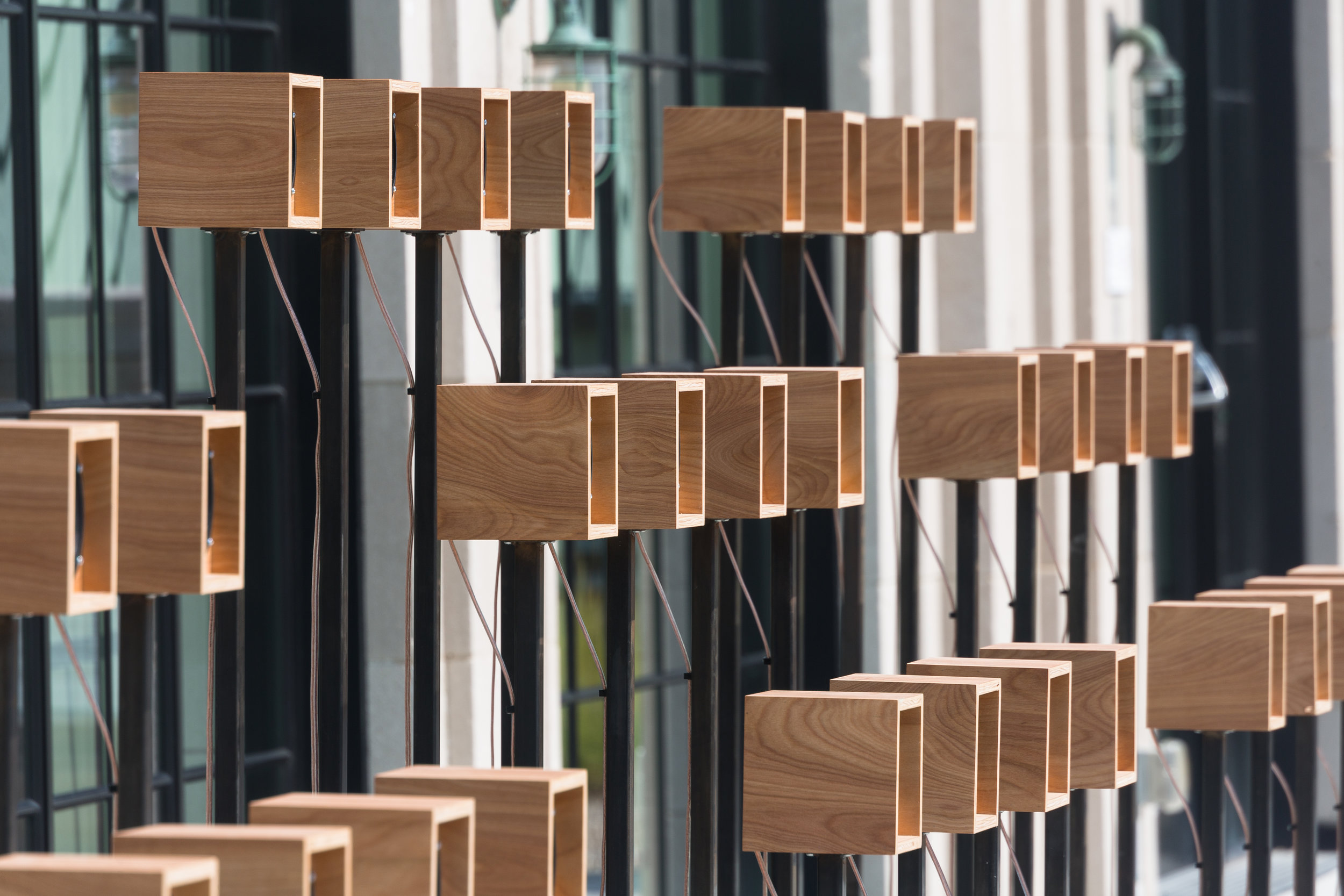
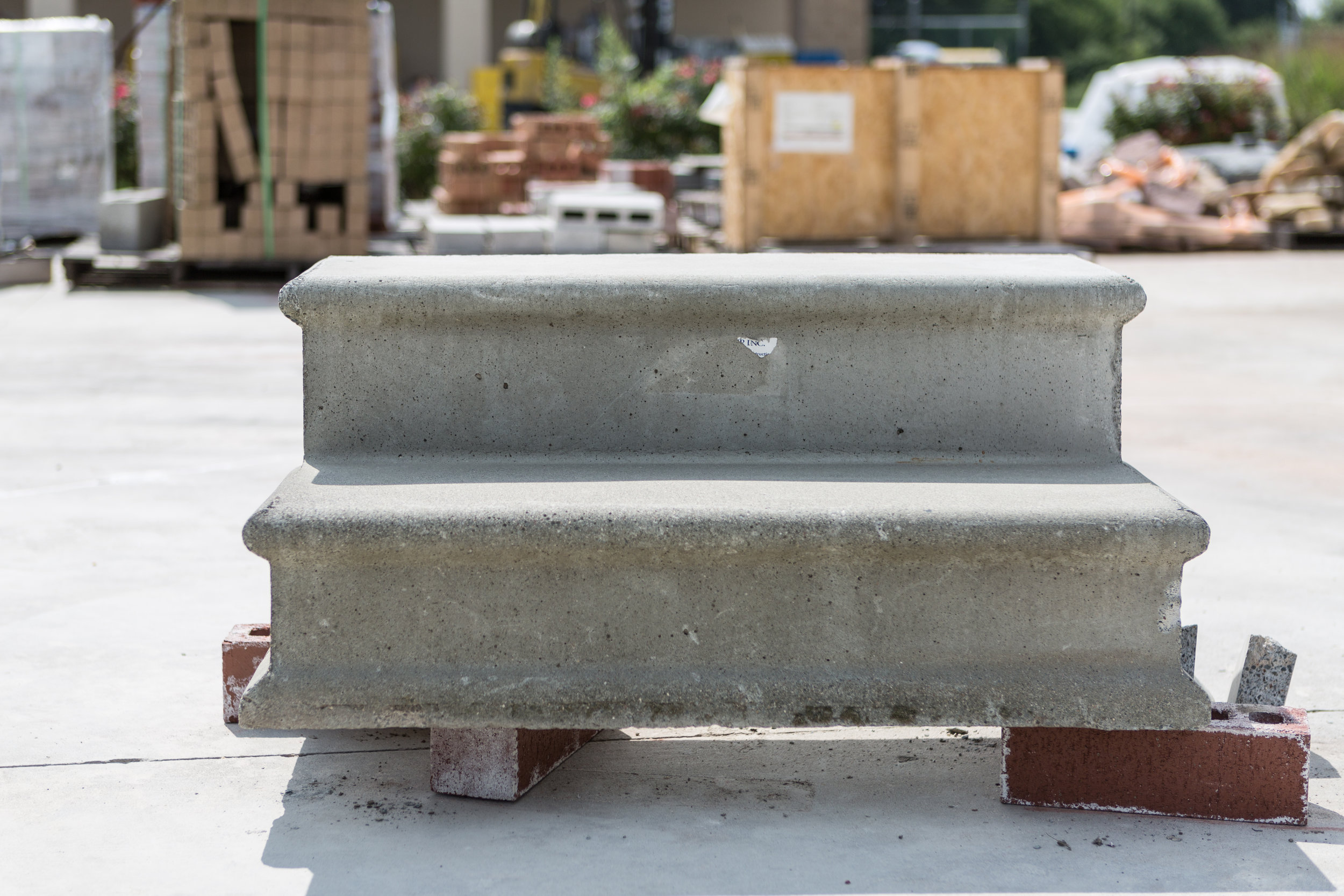
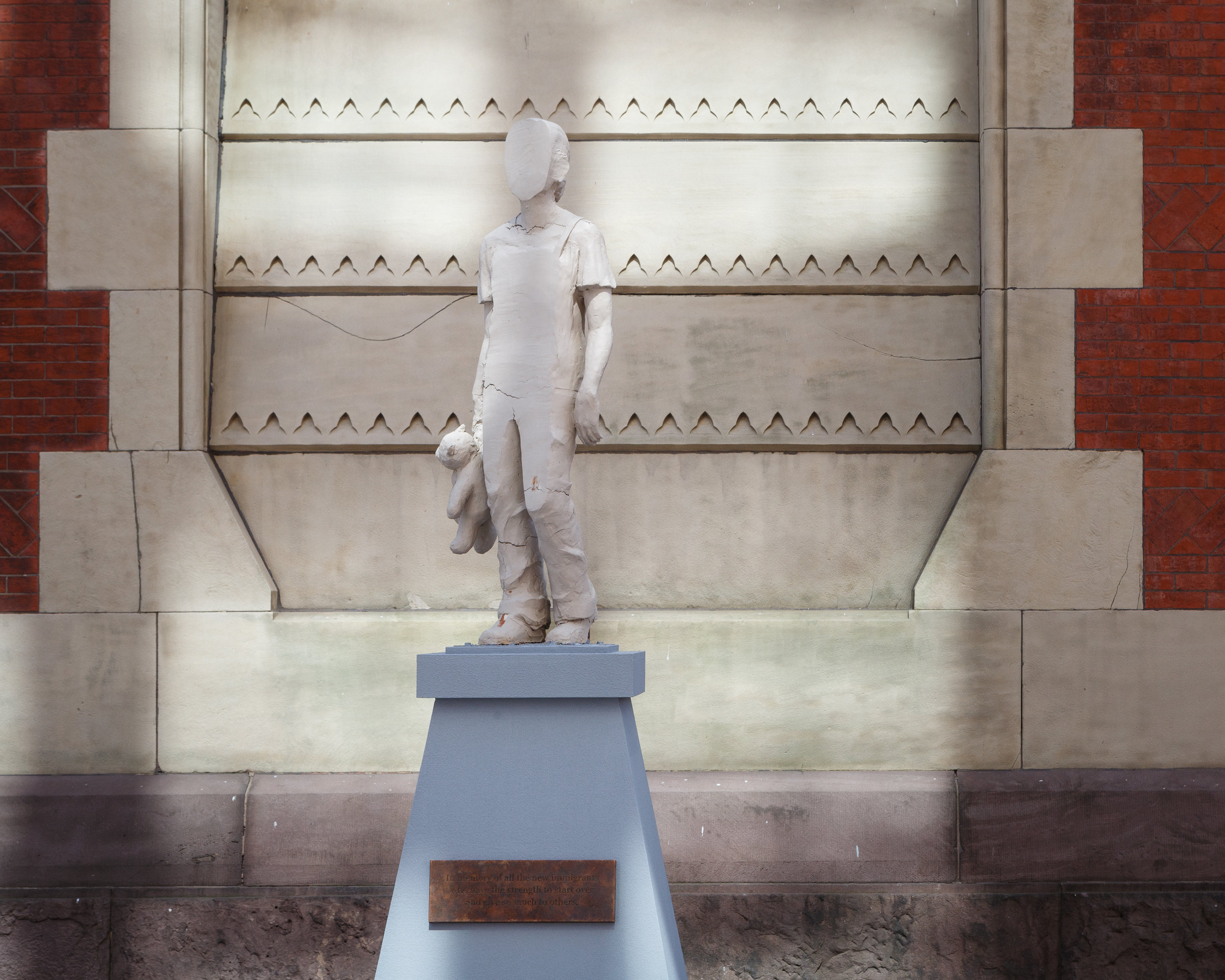
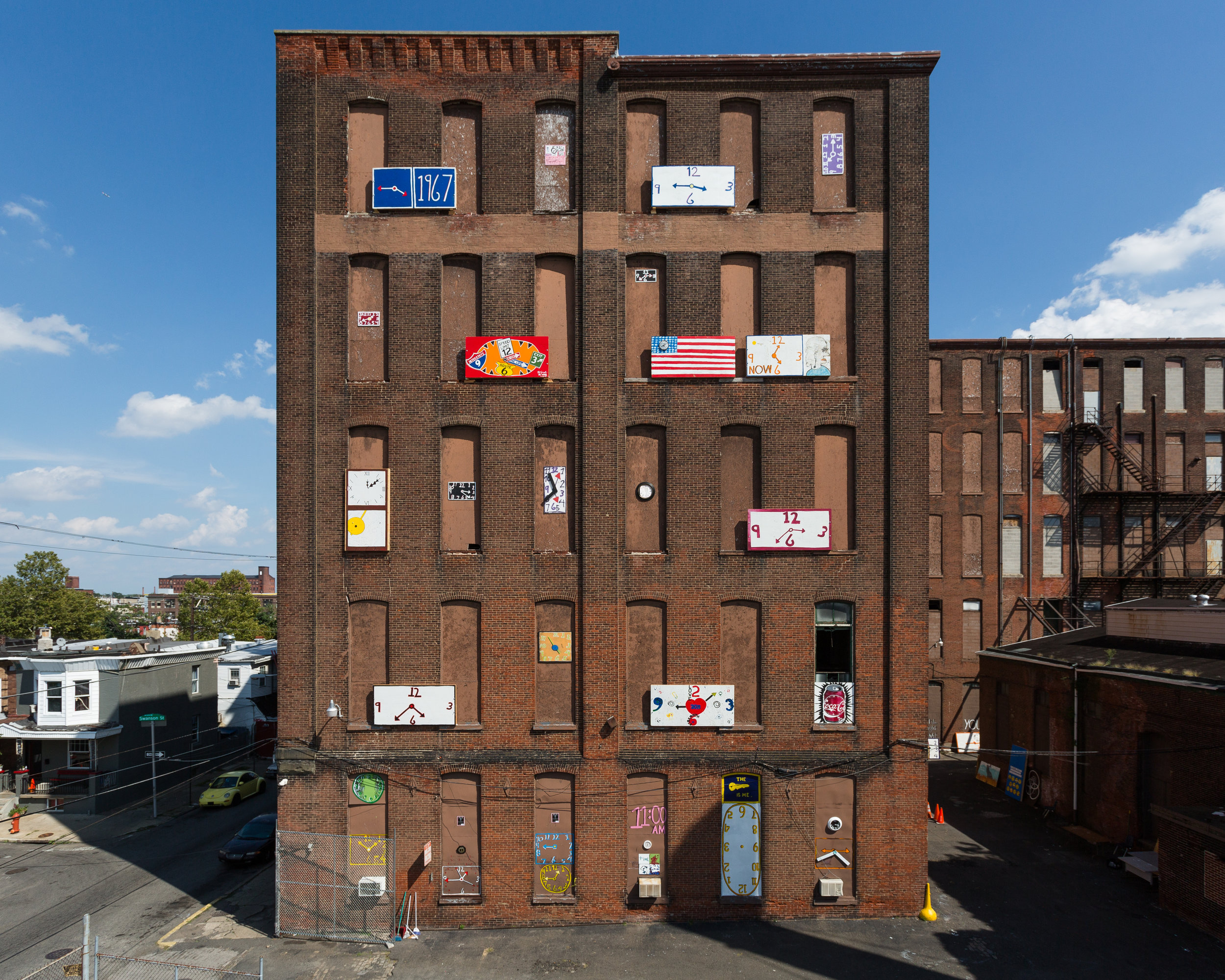
Monument Lab is a public art and history studio based in Philadelphia. Monument Lab works with artists, students, educators, activists, municipal agencies, and cultural institutions on participatory approaches to public engagement and collective memory. Founded by Paul Farber and Ken Lum in 2012, Monument Lab cultivates and facilitates critical conversations around the past, present, and future of monuments. As a studio and curatorial team, we collaborate to make generational change in the ways art and history live in public. Our approaches include producing citywide art exhibitions, site-specific commissions, and participatory research initiatives. We aim to inform the processes of public art, as well as the permanent collections of cities, museums, libraries, and open data repositories. Through exhibitions, research programs, editorial platforms, and fellowships, we have connected with hundreds of thousands of people in person and millions online. Monument Lab critically engages our inherited symbols in order to unearth the next generation of monuments that elevate stories of resistance and hope.
History
Founded in 2012, Monument Lab emerged from a series of classroom conversations in courses taught by Paul Farber and Ken Lum. In 2015, Monument Lab grew into a larger curatorial collective and installed a pair of outdoor classrooms in the courtyard of Philadelphia’s City Hall – one, a sculpture envisioned by the late artist Terry Adkins and the other, an adjacent learning lab operated by students and educators who gathered hundreds of public monument proposals. In 2017, Monument Lab partnered with Mural Arts Philadelphia on a citywide exhibition featuring temporary prototype monuments by 20 artists across 10 sites in Philadelphia’s iconic public squares and neighborhood parks, presented together with research labs, which engaged 250,000 Philadelphians and visitors in person and collected 4,500 creative monument proposals from passersby. The proposals informed a dataset of public speculation posted on GitHub. They were also shared in a Report to the City (2018) and the book Monument Lab: Creative Speculations for Philadelphia (Temple University Press, 2019).
In 2018, Monument Lab evolved into a studio composed of our team of artists, curators, researchers, educators, and students. We have since launched a fellows program; completed research residencies with the High Line Network and Pulitzer Foundation; and piloted an online commons for public scholarship on monuments, memory, and belonging through our Bulletin journal and podcast platforms. Our studio is based in Philadelphia, and we currently collaborate with partners in over a dozen cities, including Chicago, New York, Newark, Richmond, San Francisco, St. Louis, and Washington D.C., among others.
Partners and Sponsors
Monument Lab is supported by the Andrew W. Mellon Foundation, Open Society Foundations, Independence Media Foundation, the Sachs Program for Arts Innovation at the University of Pennsylvania, and the University of Pennsylvania Stuart Weitzman School of Design. Some of our previous projects have received grants from the Pew Center for Art & Heritage, John S. and James L. Knight Foundation, the National Endowment of the Arts, Elizabeth Firestone Graham Foundation, the Tuttleman Family Foundation, the Surdna Foundation, and the William Penn Foundation.
Some of Monument Lab’s past and current partners include the Barnes Foundation, Cleveland Museum of Art, For Freedoms, the Goethe-Institut, the High Line, the Institute of Contemporary Art, Mural Arts Philadelphia, New Arts Justice at Express Newark, the Pennsylvania Academy of the Fine Arts, the Pulitzer Arts Foundation, Slought, and the Village of Arts & Humanities.
Artists: Manuel Acevedo, Terry Adkins, Sadie Barnette, Black Quantum Futurism, Chakaia Booker, Tania Bruguera, Mel Chin, Sonya Clark, Kara Crombie, Tyree Guyton, Hans Haacke, David Hartt, Sharon Hayes, King Britt and Joshua Mays, KLIP Collective, Duane Linklater, Emeka Ogboh featuring Ursula Rucker, Karyn Olivier, Michelle Angela Ortiz, Ebony G. Patterson, Kaitlin Pomerantz, RAIR – Recycled Artist in Residency, Alexander Rosenberg, Jamel Shabazz, Mark Strandquist and Courtney Bowles, Hank Willis Thomas, Shira Walinsky and Southeast by Southeast, Marisa Williamson, and Deborah Willis.
Public Iconographies (2018-2020)
Curator/Research Resident
Pulitzer Arts Foundation
St. Louis
How would you map the monuments of St. Louis?
In a research residency at the Pulitzer, Monument Lab gathered publicly-sourced inventories of St. Louis’s symbols and sites of memory to explore this question. Titled Public Iconographies, their project included both existing landmarks and monuments, as well as missing aspects of the city’s current landscape which were nonetheless part of the public consciousness around histories of justice and injustice, as well as equity and exclusion.
Monument Lab and a team of local collaborative researchers worked from a research field office in the museum during open hours and extend into various communities through research-gathering meet-ups at cultural sites around St. Louis. Residents and visitors were invited to submit personalized responses on paper forms, each with a hand drawn map of the city, to build an atlas of both traditional and unofficial sites of memory, whether they be existing, potential, historical, or erased. Over 760 forms were collected in the process.
The goals of the project were to explore the relationship between St. Louis’s residents and the city’s inherited symbols, as a means to critically explore, represent, and update the iconography of the city. The residency will culminate with the release of a publication featuring Monument Lab’s findings in Spring 2020.
Monument Lab Residency Team: Paul Farber, Laurie Allen, Kristen Giannantonio, and William Hodgson.
Engagement Advisory: Yannick Trapman-O'Brien.
Pulitzer Arts Team: Kristin Fleischmann Brewer, Sophie Lipman, Derek Laney, Liz Diechmann, and MK Stallings
Printing: Riso Hell Press
Partners: Pulitzer Arts Foundation
The Public Iconographies residency is presented in coordination with the Striking Power: Iconoclasm in Ancient Egypt exhibition at the Pulitzer Arts Foundation.
Making Home Movies (2019)
Co-Organizer
Mural Arts Philadelphia and the Department of Behavioral Health and Intellectual Disability Services
Philadelphia
When arriving in the United States, newly-arrived refugees are given three months of support from a sponsoring agency toward finding a place to live, learning English, getting a job, and to navigate local systems such as school and healthcare. The “making of home” is a much longer journey, and a particular challenge in the face of such a fast-paced settlement process.
There is no one definition of how one can accomplish making of home, what the full scope of personal and social resources it takes, what forces may stand in one’s way, and when, if ever, could mark this process as complete. Turn the phrase, just slightly, to “making it home,” and the words seem to add up to an end point. But finding your way home, after arrival in the U.S., is about various intersecting processes: personal, social, and civic. The secondary journeys carry on through doing, willpower, and relationships that build and stretch across time.
For Making Home Movies, project collaborators hail from many corners of the world who now call Philadelphia home. The Southwest community focuses on the Liberian community. In Southeast, the program includes Burmese and Bhutanese adults and a diverse student body at Furness High School. In Northeast, participants hail from Ukraine, Belarus, Iraq, Syria, and many other countries. Together, they have written and created films.
In each neighborhood, a filmmaker was paired with ESL classes and worked closely with teachers, storytellers, and project organizers to produce experiential documentaries around the project’s themes. The project highlights home as not a single domestic residence per se, but more so as a map of neighborhood spaces where lived social networks locate and strength the bonds within and among cultural groups can be shared through art. By drawing on both trauma-informed approaches and collaborative film-making, the goal is to find ways to imagine language learning classrooms as spaces of intergenerational storytelling, creative investment, and places to make home and hold onto one’s sense of self. Home need not be a final place or condition, but a way of balancing one’s multiple identities, languages, and visions, with others in the city. This project celebrates the global in local spaces.
Featured Filmmakers: Marie Alarcon, Muthi Reed, and Shira Walinsky
Featured Storytellers: Fatu Gayflor, Olga Livshin, and Ujjwala Maharjan
Language Teachers: Meghan Agnew, Naw Doh, Amanda Fiegel, Meg Flisek, Moivabah Fofana, Melanie Menkevich, and Ujjwala Maharjan
Partners: African Cultural Alliance of North America Inc, The Exchange at Oxford Circle, Horace Howard Furness High School, PhillyCAM, Northeast High School, and Southeast by Southeast
Sponsor: Department of Behavioral Health and Intellectual disAbility Services
Organized by: Paul Farber, Shira Walinsky, and Corin Wilson for Mural Arts Philadelphia
The Wall in Our Heads: American Artists and the Berlin Wall (2014–2015)
Curator
Goethe-Institut Washington and Haverford College Cantor Fitzgerald Gallery
The Wall in Our Heads: American Artists and the Berlin Wall commemorates the twenty-fifth anniversary of the dismantling of the Berlin Wall and reflects on legacies of division in American culture. The exhibition features critical American artistic perspectives of the Berlin Wall from 1961 through the present, including artworks that confront social boundaries in the United States as well as the complex historical crossroads of Berlin.
Artists: Lindy Annis, Alexandra Avakian, Jonathan Borofsky, Chuck D, Frank Hallam Day, Electronic Disturbance Theater 2.0/b.a.n.g. lab, Ron English, Allen Frame, Leonard Freed, Nan Goldin, Keith Haring, Oliver Harrington, Carol Highsmith, James Huckenpahler, Allan Kaprow, Farrah Karapetian, Nilay Lawson, Oliver Miller, Adrian Piper, Stephanie Syjuco, Shinkichi Tajiri, Bill Van Parys and Reyes Melendez, and Lawrence Weiner.
Guest Speakers: Michael Kimmelman, Axel Klausmeier, Hope Harrison, Penny Von Eschen, Amber Art Collective, Jessica Solomon, Mark Strandquist, and Shira Walinksy.
Partners: The exhibition was commissioned and first shown at the Goethe-Institut Washington from October 15-December 15, 2014. The Wall in Our Heads later traveled to Haverford College's Cantor Fitzgerald Gallery from October 13-December 13, 2015. Haverford's exhibition and its related programming at Haverford College were made possible with the support of Haverford’s new Initiative in Ethical Engagement and Leadership and the John B. Hurford ’60 Center for the Arts and Humanities.
The Wall in Our Heads also received generous support from the following institutions: Adrian Piper Research Archive Foundation, Getty Research Institute, Keith Haring Foundation, Library of Congress, Magnum Photos, National Gallery of Art, Provisions Library, and The Wende Museum.
Link to Project Website.
Link to Keynote Conversation with New York Times Architecture Critic Michael Kimmelman.
Stephanie Syjuco: American Rubble (Micromonuments) (2014)
Curator
Haverford College
American Rubble addressed the physical and social transformation occurring in our cities. Encompassing an artist residency, exhibition, and day-long symposium featuring U-C Berkeley Art Professor Stephanie Syjuco, the project engaged issues from the dismantling of the Berlin Wall in 1989 to contemporary urban redevelopment projects in Philadelphia's post-industrial neighborhoods. Invited artists, scholars, and students considered both how cultural producers document urban change and economic upheaval, and how they might imagine possibilities for collectivity through urgent forms of public memory. Such a framework aimed to measure changes due to historic "events" but also the less tangible undercurrents of gentrification. Throughout the project, we explored how artistic projects and cultural interventions at sites of memory—including those that draw on rubble, ruins, traces, echoes, memes, and remixes—critically empower a history of the present.
Artists/Scholars: Stephanie Syjuco, Joshua Clover, Susanne Slavick, Salamishah Tillet, and Camilo José Vergara.
Partners: Support for American Rubble was provided by the John B. Hurford '60 Center for the Arts and Humanities and the Mellon Creative Residencies Program.
Link to Project Website.
Link to American Rubble Documentary.
In/Out Symposium (2015–2017)
Co-Convener (With Daniel Tucker)
Moore College of Art & Design and Mural Arts Philadelphia
The In/Out Symposium is a three-part, annual series focused on contemporary issues in socially-engaged art. Presented by Mural Arts Philadelphia and Moore’s Graduate Social & Studio Practices department, this two day-long symposium focused on selected case studies from local, national and international contexts that that highlight this field from multiple perspectives. The three respective themes include: Time, Pacing, and Perspective (2015); Ethics, Attention and Intention (2016); and Scale, Inclusion, and Equity (2017).
Artists/Scholars/Sites (2015): Rick Lowe, Walidah Imarisha, Chicago Torture Justice Memorials, Immigrant Movement International, Corona (Queens, New York City), Neighborhood Time Exchange, the Village of Arts and Humanities, Asian Arts Initiative, Helen Haynes, Denise Brown, Aaron Levy, Shira Walinsky, and Selina Morales.
Artists/Scholars/Sites (2016): A Long Walk Home’s Girl/Friends, Erika Almiron, Eastern State Penitentiary, Jane Ursula Harris, Marline Johnson, Sean Kelley, Robin Wall Kimmerer, Louise Pilar Martorano, Michelle Angela Ortiz, Patricia Phillips, Michael Rakowitz, Anthony Romero, Lucia Sanroman, Southeast by Southeast, Southwest Roots: Bartram’s Garden and Mural Arts, Nato Thompson, Salamishah Tillet, Scheherazade Tillet, Jonathan Wallis, Dan S. Wang, West Philadelphia with Philadelphia LISC (including Spiral Q, Tiny WPA and PEC CDC), Risë Wilson, Marion Wilson
Artists/Scholars/Sites (2017): Roberto Bedoya, Not an Alternative’s The Natural History Museum, Jane Golden and Patti Phillips, Russell Craig, Jesse Krimes, Dawan Williams, Parris Stancell, Al Tull, Taller Puertorriqueño, Philadelphia History Truck, Mural Arts Philadelphia projects from the Porch Light, Restorative Justice programs, and the "Long Haul" – Students in dialogue with Community Arts Organizations in operation for more than 25 Years across Philadelphia: Taller Puertorriqueño, Asian Arts Initiative, Village of Arts & Humanities, Painted Bride, and Fleisher Art Memorial.
Link to Symposia Website.
